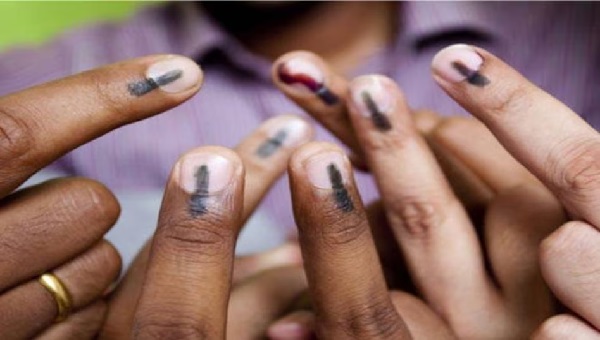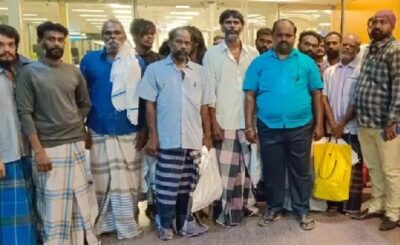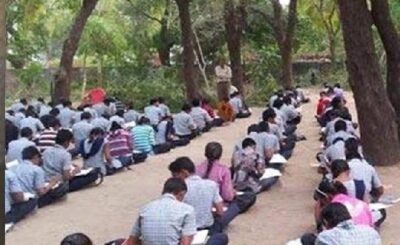M Rafi Ahmed
Elections come and go with voters displaying their finger to signify that they have exercised their fundamental right. The indelible ink, also known as ‘Election Ink’ plays a significant role in the democratic processes more so during elections. Be it general elections, assembly elections or civic body polls, the voting process is incomplete without the ‘indelible ink’.
In short, the indelible ink has become a hallmark of elections in India as electors in a touch of pride exhibit the ink mark on their fingers to show that they have performed their democratic duty without fail. To be precise, it serves as a powerful symbol of democracy, emphasizing that the power lies with the people when it comes to electing their leaders.
No doubt, the fate of the candidates lies in the indelible ink in the fingers of voters while it makes a mark in electing their representatives and the party that should govern them for a five year term. Not many are aware of the fact that the ‘indelible ink’ is produced by Mysore Paints and Varnish Limited, formerly Mysore Lac and Paints Limited, is a company located in the southern Indian city of Mysore in Karnataka.
Browsing through the booklet brought out by the Press Information Bureau (PIB), Chennai revealed the information that it is the only company in India authorised to produce indelible ink, which is used in elections to prevent people from voting multiple times. The company is currently owned and operated by the Government of Karnataka.
In a quick look into the history, it is learnt that Mysore Lac and Paints Limited was founded by Maharaja Krishnaraja Wadiyar IV in 1937 for manufacturing paints and related products. It became a public sector company when India gained independence in 1947. In 1962, it was selected to manufacture indelible ink, which was first used in the third general election of India. The manufacturing process is a closely guarded secret and is based on a chemical formula devised by the National Physical Laboratory of India.
It may be noted that the Indelible black ink was initially manufactured by the company to meet the needs of the Indian elections. It is usually applied on the finger nail of the voter and leaves an indelible mark which is not easy to erase. The mark stays on the finger for nearly 20 days. This prevents the voter from exercising the franchise again and hence checks fraud. The indelible ink is supplied in vials having volumes of 5 ml, 7.5 ml, 20 ml, 50 ml and 80 ml. A 5 ml vial can be used for about 300 voters.
And one of the major customers for this ink is the Election Commission of India which places orders based on the number of voters involved in the election. The ink is then supplied to Chief Electoral Officers who further distribute it to individual voting centres. It is estimated that around 300 million people have had this ink applied over a period of five decades.
The ink is also exported to countries like Thailand, Singapore, Nigeria, Malaysia and South Africa. It has also started manufacturing marker pens containing this ink for easy usage and this has also been used in elections held in Afghanistan. The company also manufactured indelible ink for the Cambodian election in 2008 and 2013.
It is learnt that the company also manufactures other products such as chemical-resistant paints, enamels, primers, distempers, sealing wax, postage stamp cancellation, and polishes. The sealing wax manufactured by the MVPL is used by India Post, and the Election Commission to seal ballot boxes was the first product to be manufactured by them.
Regarding its business performance, the company’s business is highly dependent on the Indian general election (held once in five years) and in a year when the elections are held, significant increase in the revenue is observed. In the financial year 2006–2007, the company earned profits of Rs 18 million.[For the 2004 general election of India, the company supplied orders worth Rs 40 million. It earned Rs 12.8 million when it supplied ink to the 2008 Cambodian general election. Really fascinating facts about the ‘Election Ink’.








